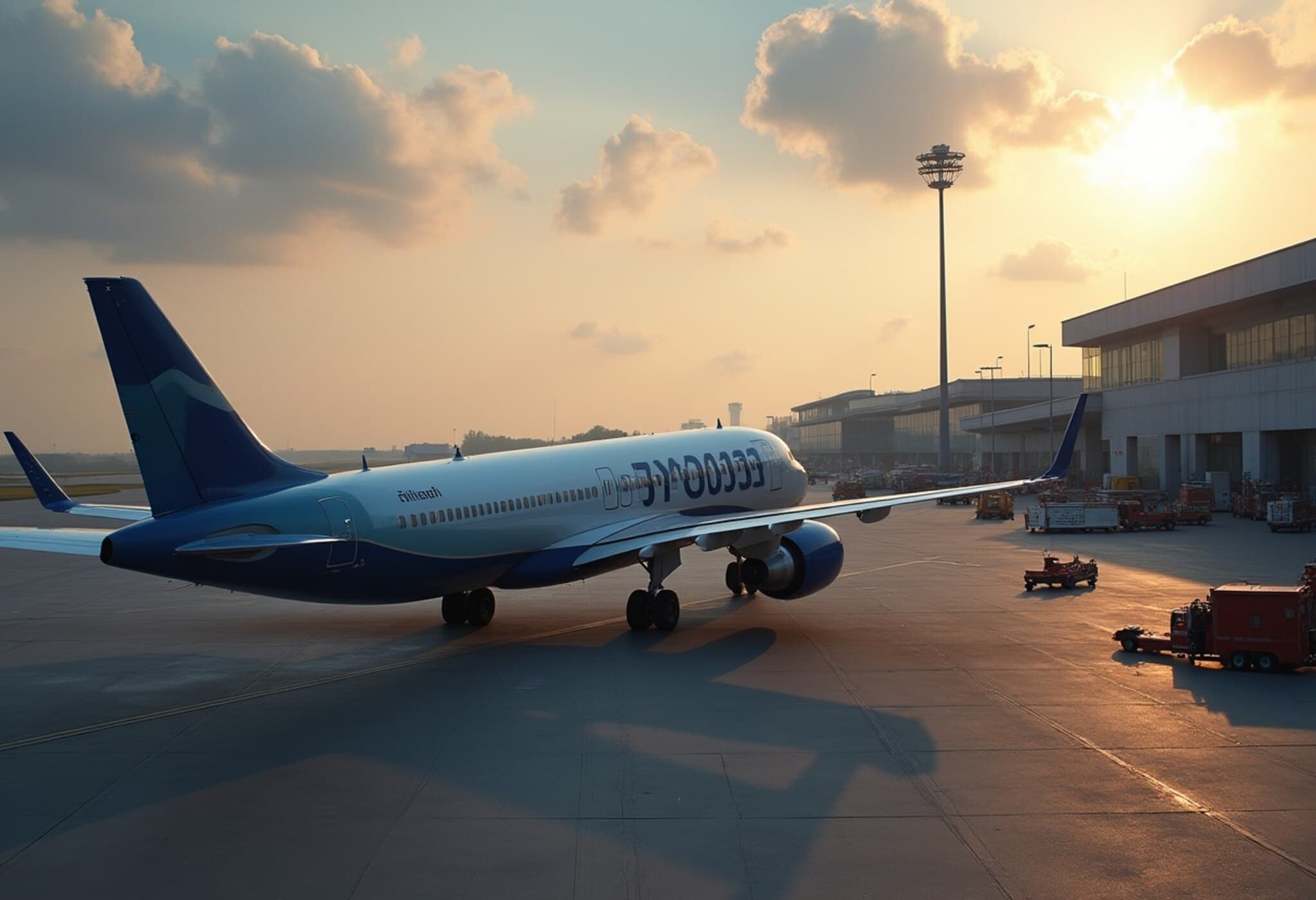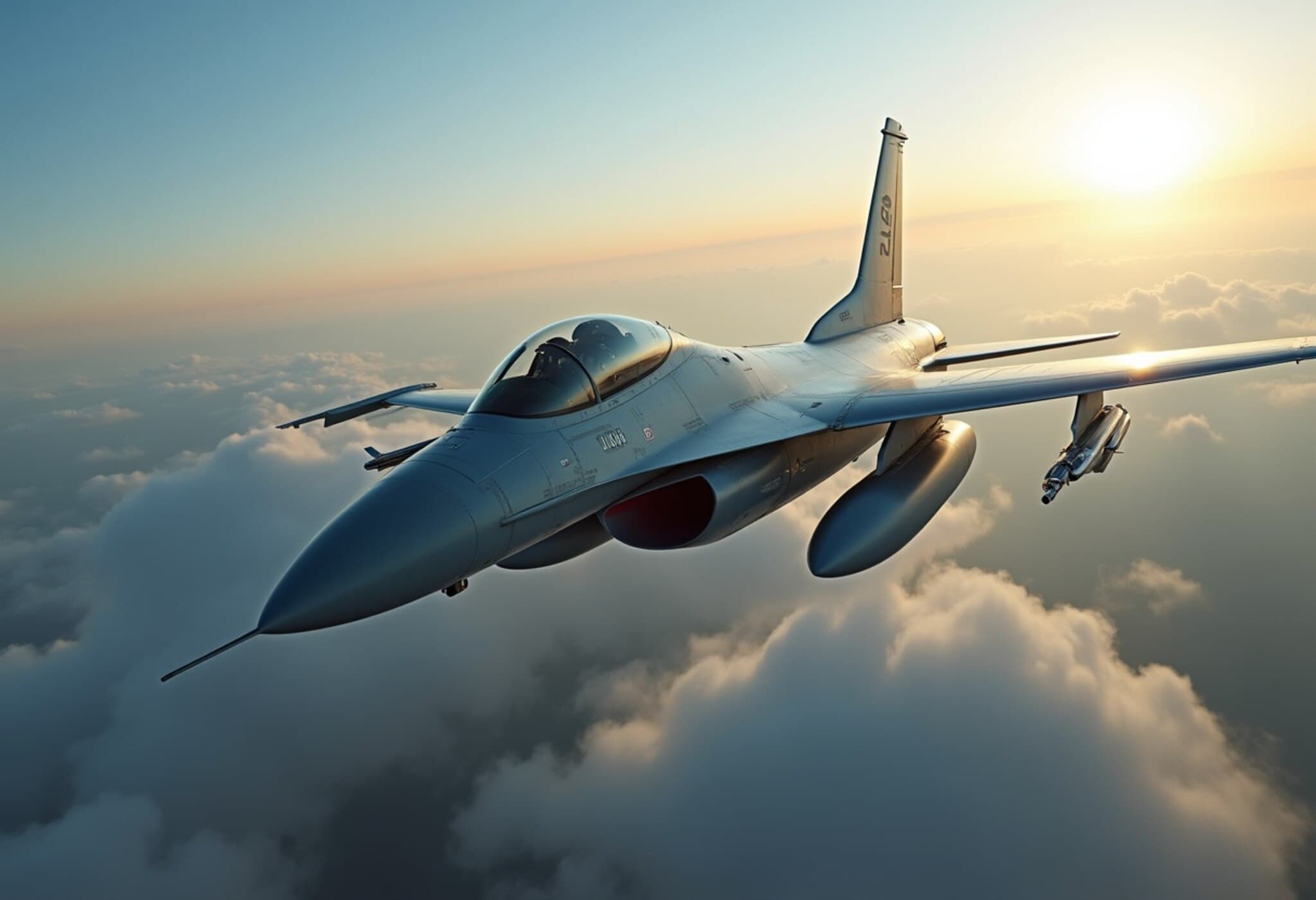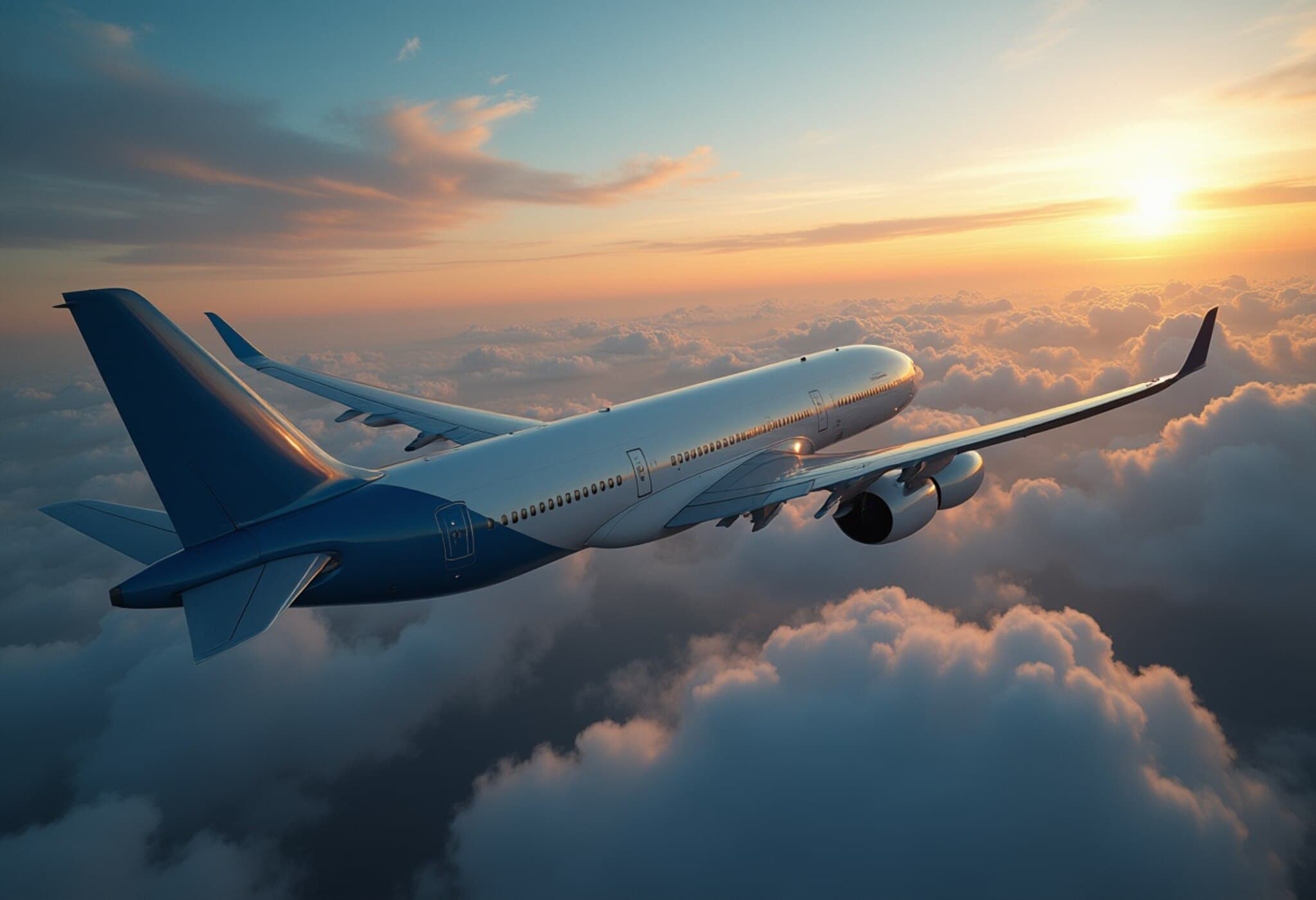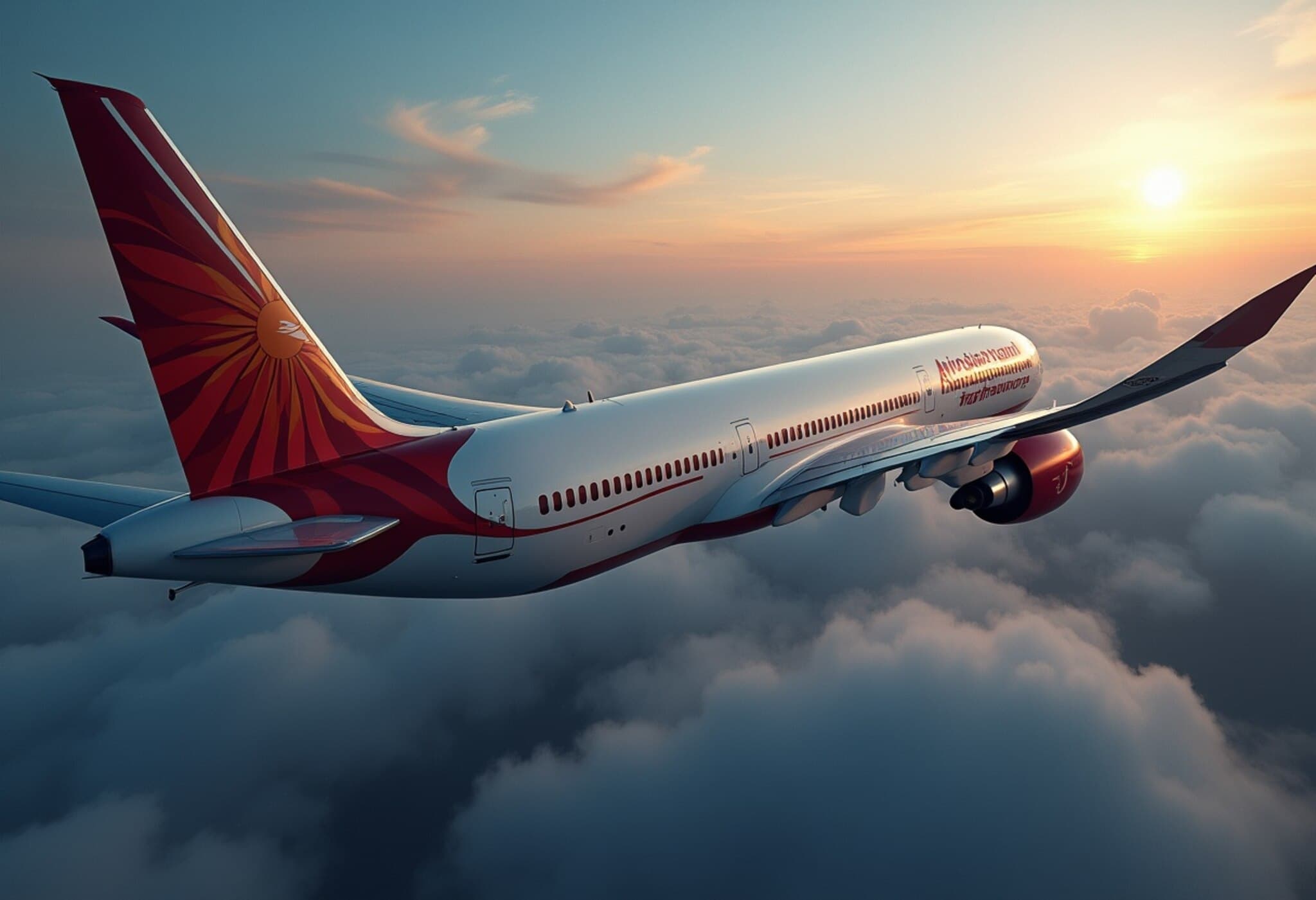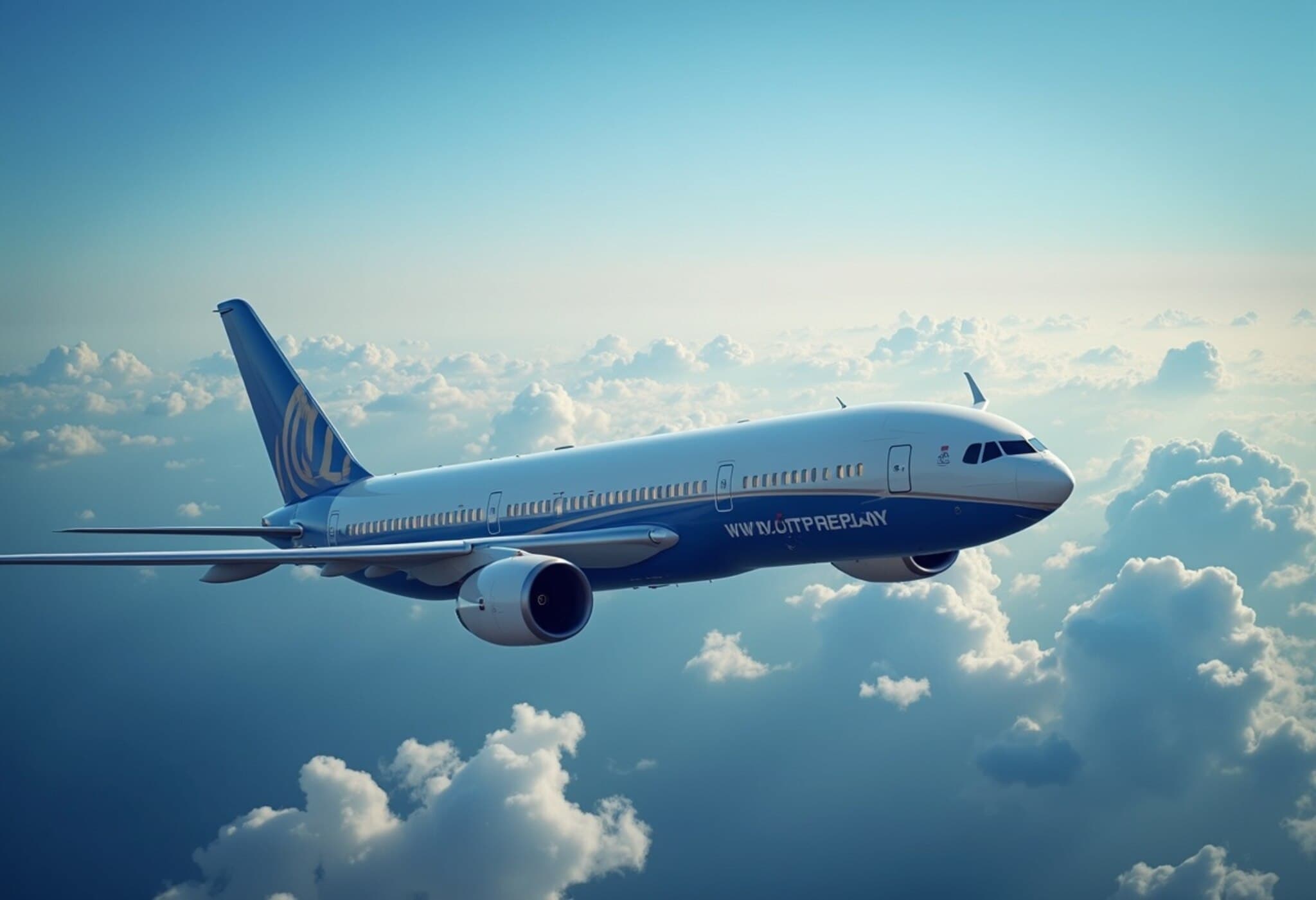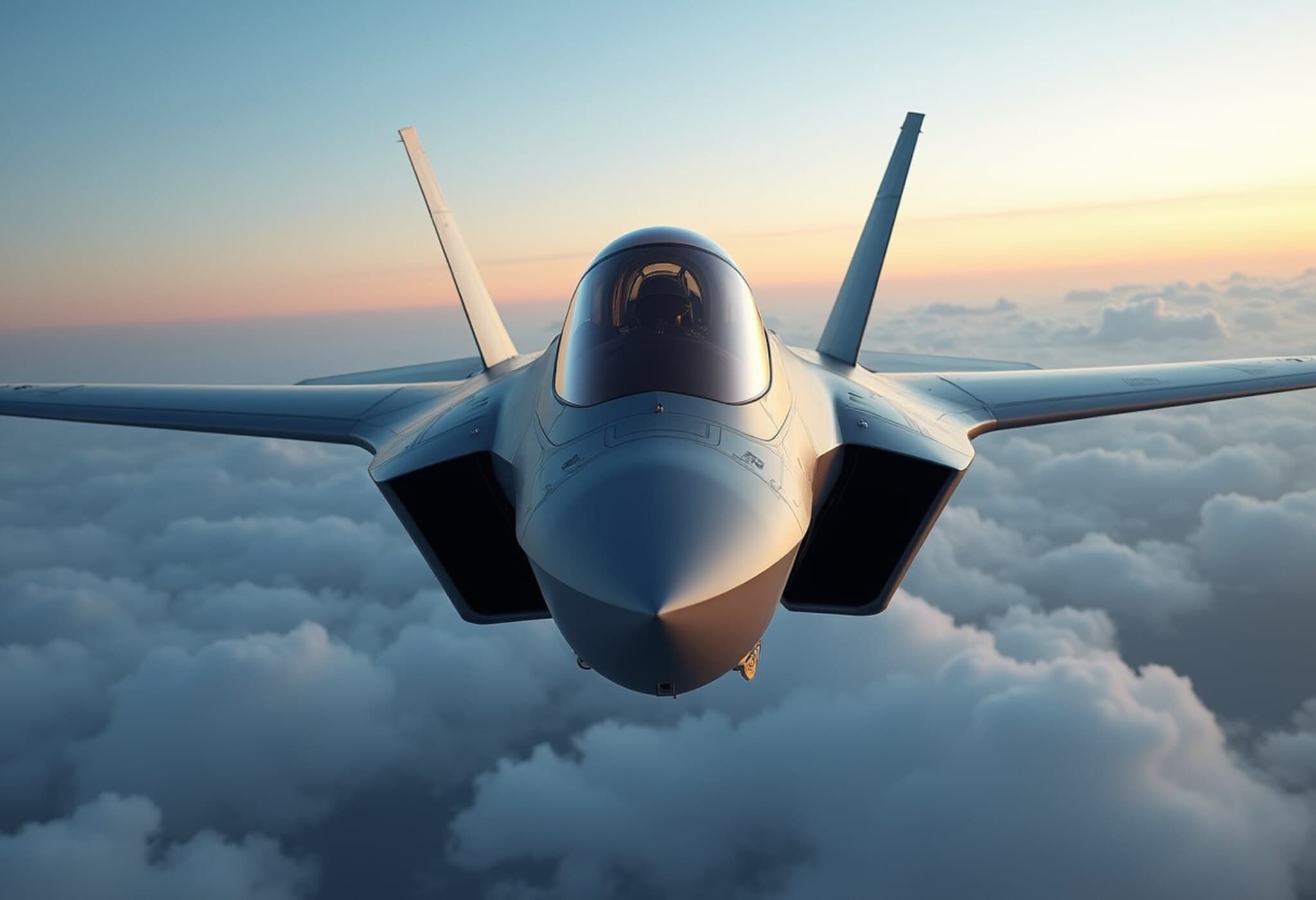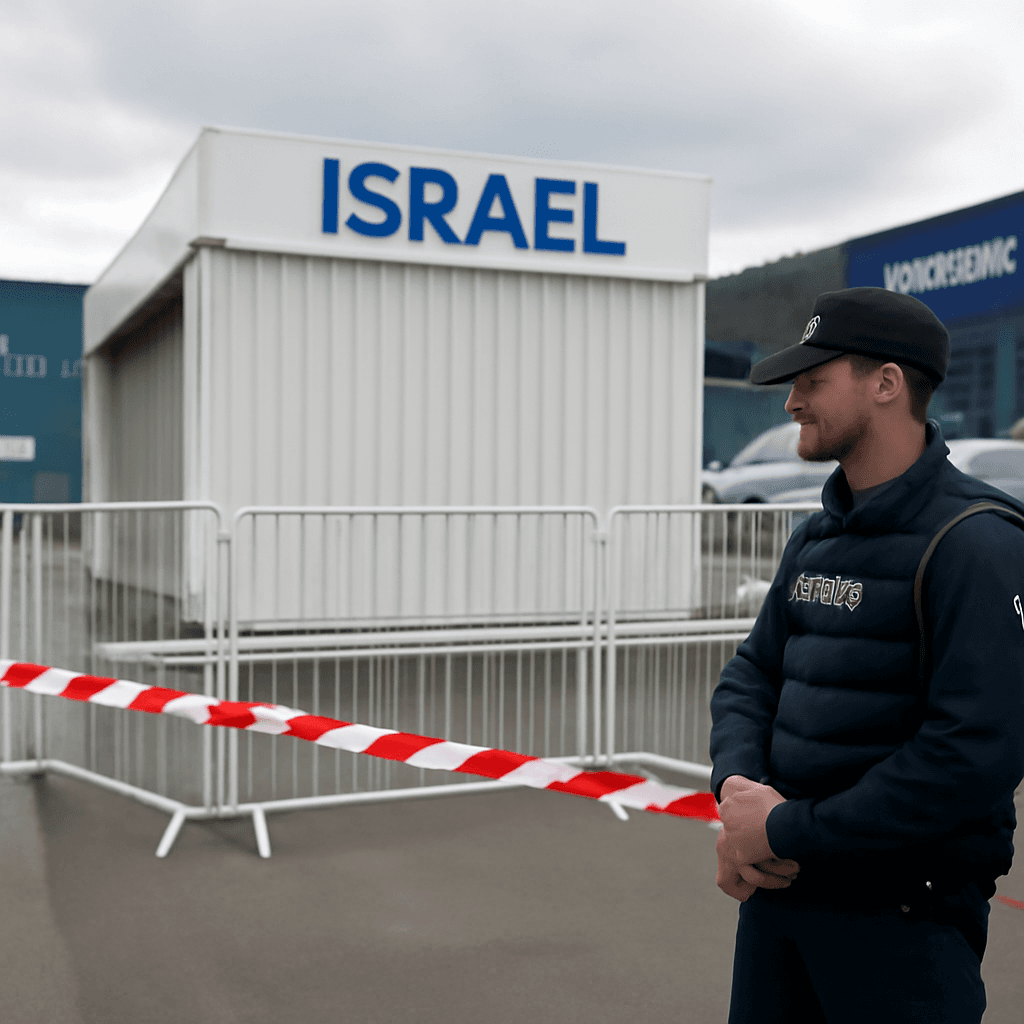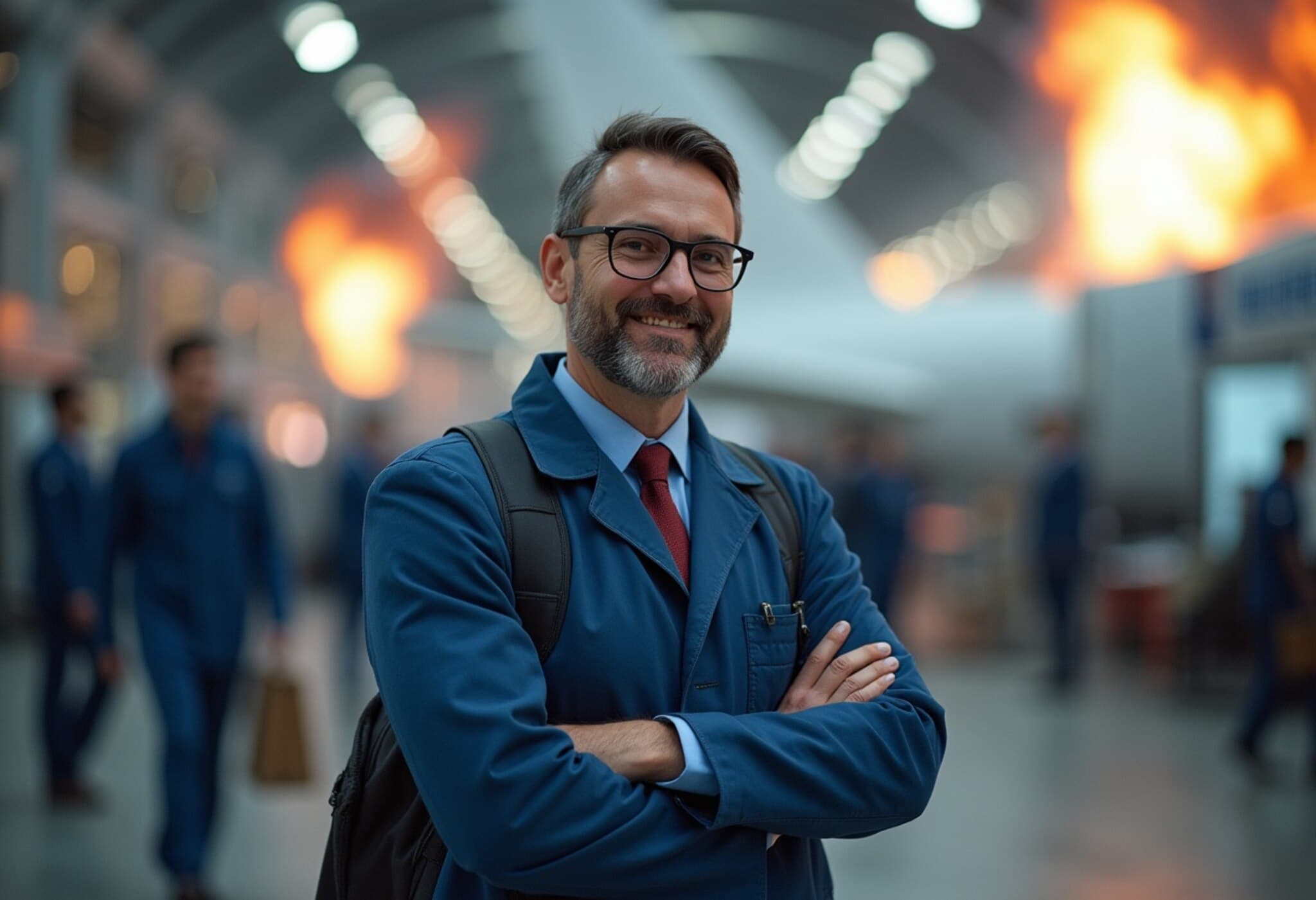Surging Demand Meets Aging Workforce in U.S. Aviation
President Trump's focus on revitalizing American manufacturing jobs contrasts sharply with a pressing challenge in the aviation sector: the shortage of skilled aircraft technicians. With the average certified aircraft mechanic in the U.S. now 54 years old and nearly 40% surpassing 60, the industry braces for a significant wave of retirements.
The Growing Technician Shortfall
According to recent data, the U.S. is projected to face a shortage of 25,000 aircraft technicians by 2028. This gap is fueled by an aging workforce that predominantly entered the field in the 1980s and 1990s, now approaching retirement age. Airlines and aerospace manufacturers are confronting a stark reality: the talent pipeline is not keeping pace with demand.
Impact of the Pandemic on Skilled Labor
The COVID-19 pandemic intensified the problem by forcing widespread workforce reductions and offering buyouts to seasoned employees. This occurred even as the aerospace industry was experiencing rapid growth before the crisis. Companies like GE Aerospace and its partners had to rebuild their staffing levels to meet growing demand for airplane engines and components.
A Competitive Industry with Attractive Pay
The aviation manufacturing and maintenance sectors offer compelling pay compared to national averages. For example, median annual wages for aircraft technicians reached around $79,140 in 2024, well above the national median income of $49,500. Certain airlines report that top-tier technicians can earn up to $130,000 annually within nine years.
Why Hiring Remains Difficult
Despite favorable salaries and the symbolic importance of these jobs, the industry struggles to attract younger workers. Retention rates vary, and many smaller repair firms face acute staffing shortages. Experts emphasize that wage increases alone may not resolve the shortage, warning that the ripple effects could extend to broader manufacturing and infrastructure sectors.
Nurturing the Next Generation of Aviation Technicians
The path to certification as a licensed aircraft mechanic can take years of dedicated study and training. However, some schools are making strides to inspire students early, offering specialized programs that allow high schoolers to earn FAA certifications. Aviation High School in Queens, New York, is a prime example, offering a fifth-year program to students who wish to dive deep into aircraft maintenance.
Changing Perceptions of Manufacturing Careers
Many students today view aviation careers as a modern, high-tech alternative to traditional college routes. They work with cutting-edge technology involving lasers, precision machinery, and exotic materials, making these roles both challenging and rewarding.
Industry veterans emphasize that these jobs are no longer the “manufacturing” roles of past generations but instead offer a blend of advanced technology and hands-on work that appeals to a new wave of workers eager to make an impact.
Looking Ahead: Collaborations and Community Engagement
Airlines and manufacturers are expanding partnerships with high schools and even junior highs to raise awareness early on. This holistic approach targets not only technical skill development but also encourages young people to envision rewarding careers in aerospace. According to airline executives, this strategy is already yielding a shift, with more technicians eager to 'get their hands dirty' and help keep the industry soaring.
Voices from the Field
Krystal Godinez, a recent graduate from an aerospace apprenticeship program, highlights the meaningful impact of the work. Having transitioned from the automotive industry, she stated, "What I do here definitely matters—I take extra steps to ensure safety. We're there to keep people safe and make them feel safe." Stories like hers inspire hope that the skilled technician workforce will stabilize and grow.
Conclusion
The U.S. aviation industry is at a crucial juncture. While manufacturing jobs remain a national priority, immediate challenges in recruiting and retaining skilled aircraft technicians demand urgent and innovative solutions. With a combination of competitive wages, modern training programs, and community outreach, the sector aims to overcome this workforce crunch and secure its future readiness.


